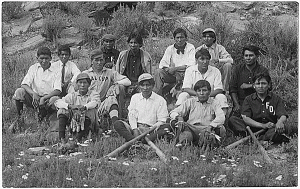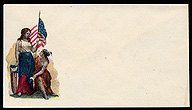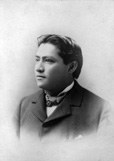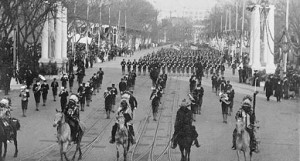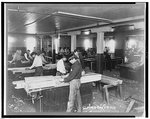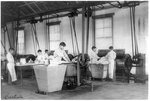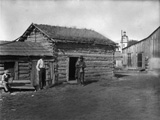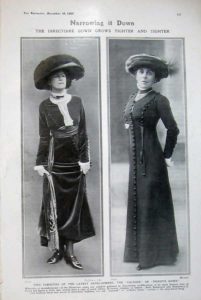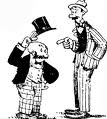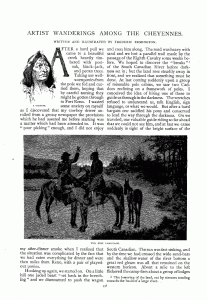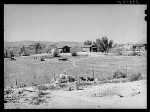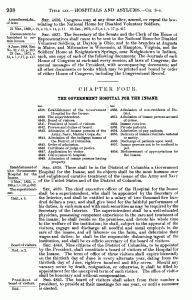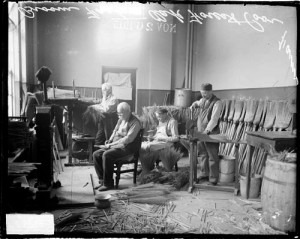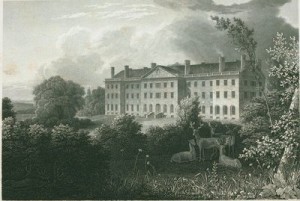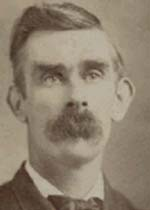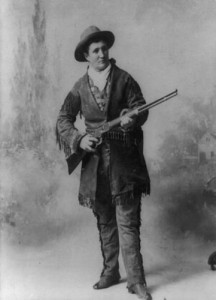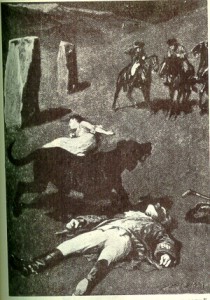Citizens of the small town of Canton, SD found plenty of ways to amuse, educate, and uplift themselves. Their baseball team, the Sunflowers, enjoyed a rousing game of ball and both hosted and visited nearby opposing teams.
On a fine Saturday in May of 1904, the Sunflowers played a team from Rock Valley and beat them soundly: 23 to 1. A reporter’s derisive comment was that “if they should want another game with Canton they had better play the Canton Juniors.”
Canton’s team played a game the following Tuesday with Flandreau Indian school’s students. Flandreau began the game. The pitcher began well; however, errors in the infield allowed four quick scoring runs. Canton made its own share of errors (6 to Flandreau’s 9), but won the game at 10 to 7. The paper noted that the Flandreau boys were “a splendid lot” who showed good sportsmanship.
Rain washed out that week’s Wednesday game, which was postponed until Thursday. Another regular game was scheduled for that Friday with the Flandreau school, which took place too late for the outcome to get into press.
________________________________________________________________________


